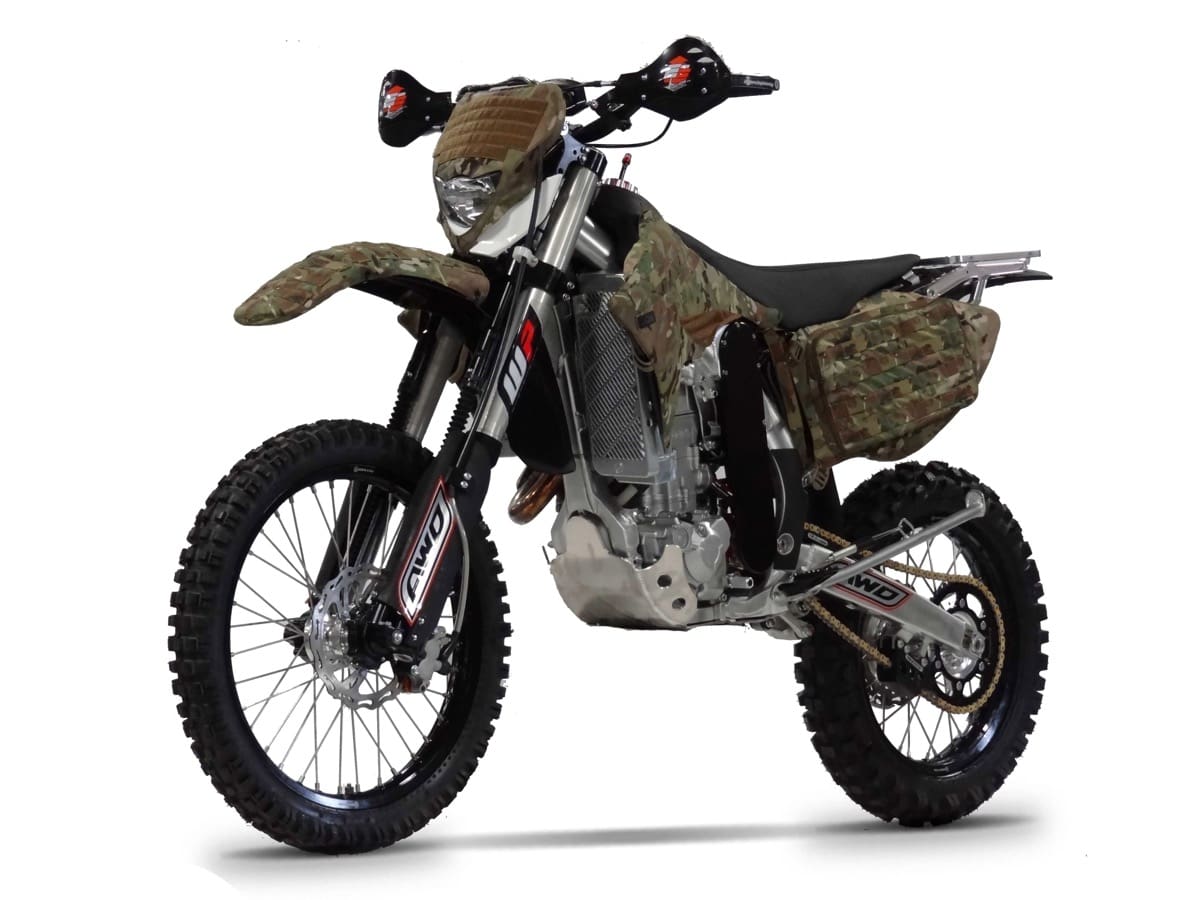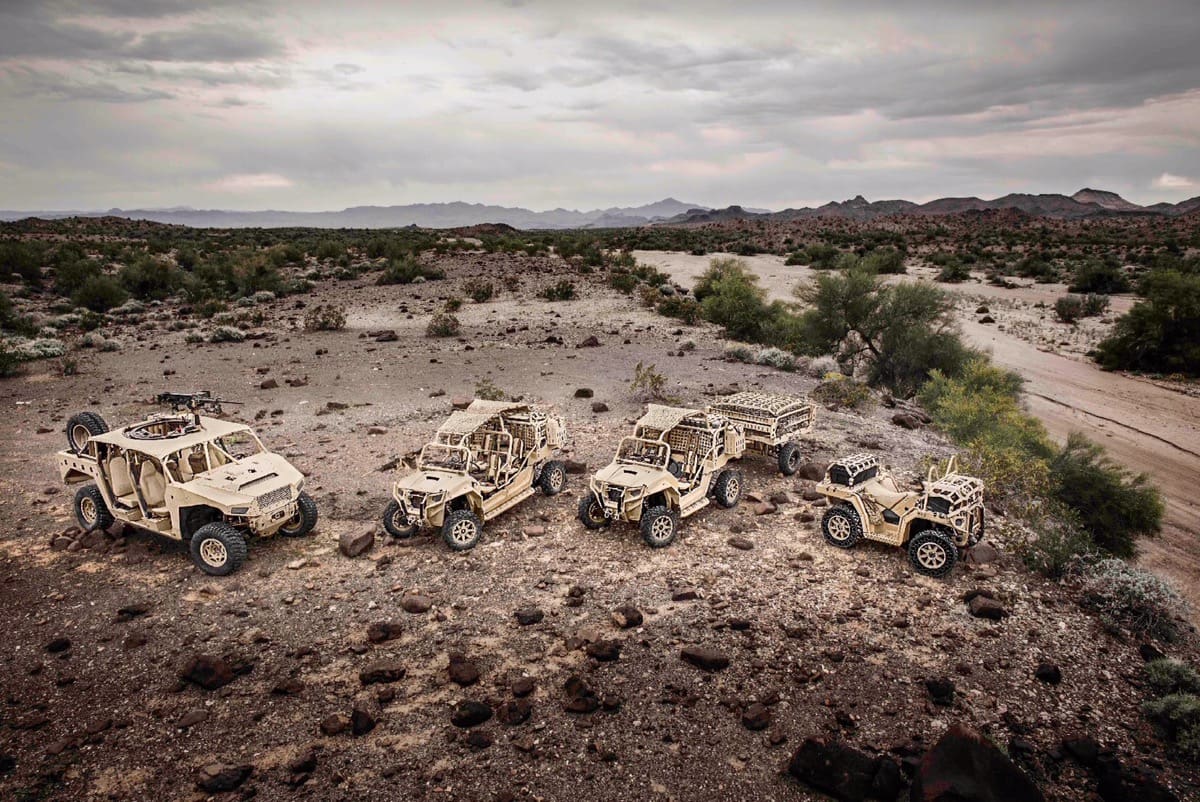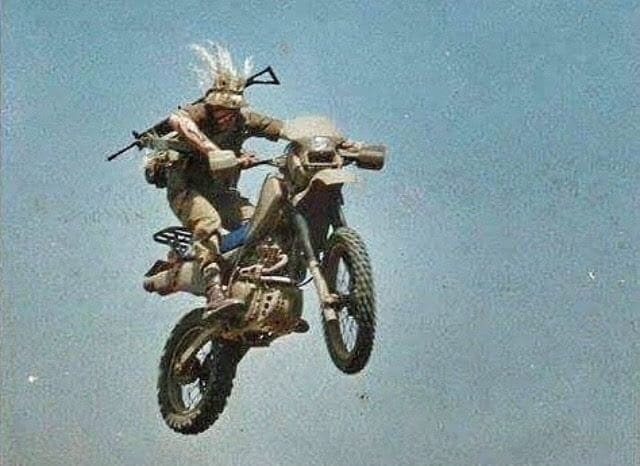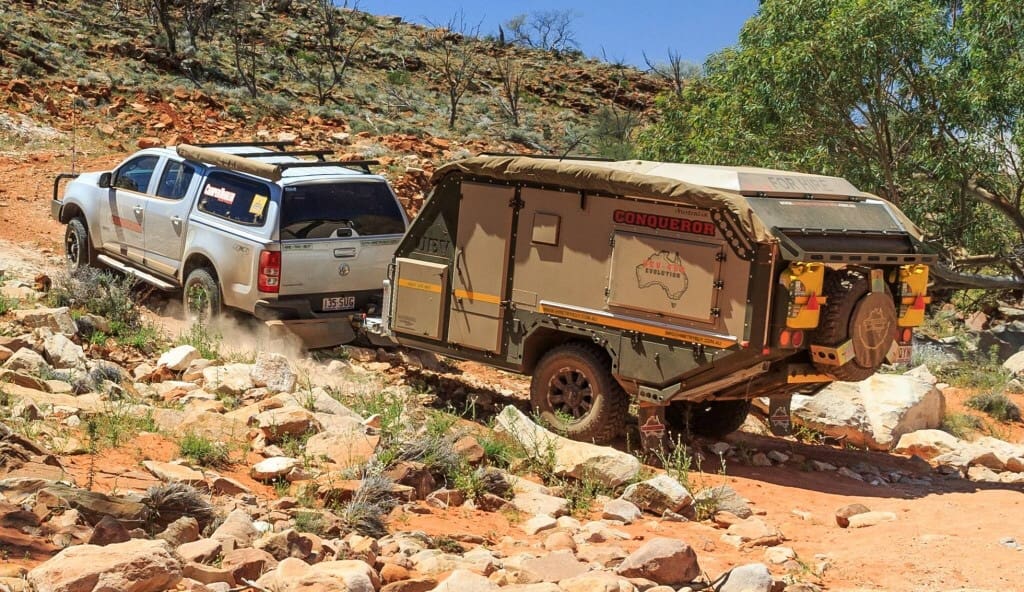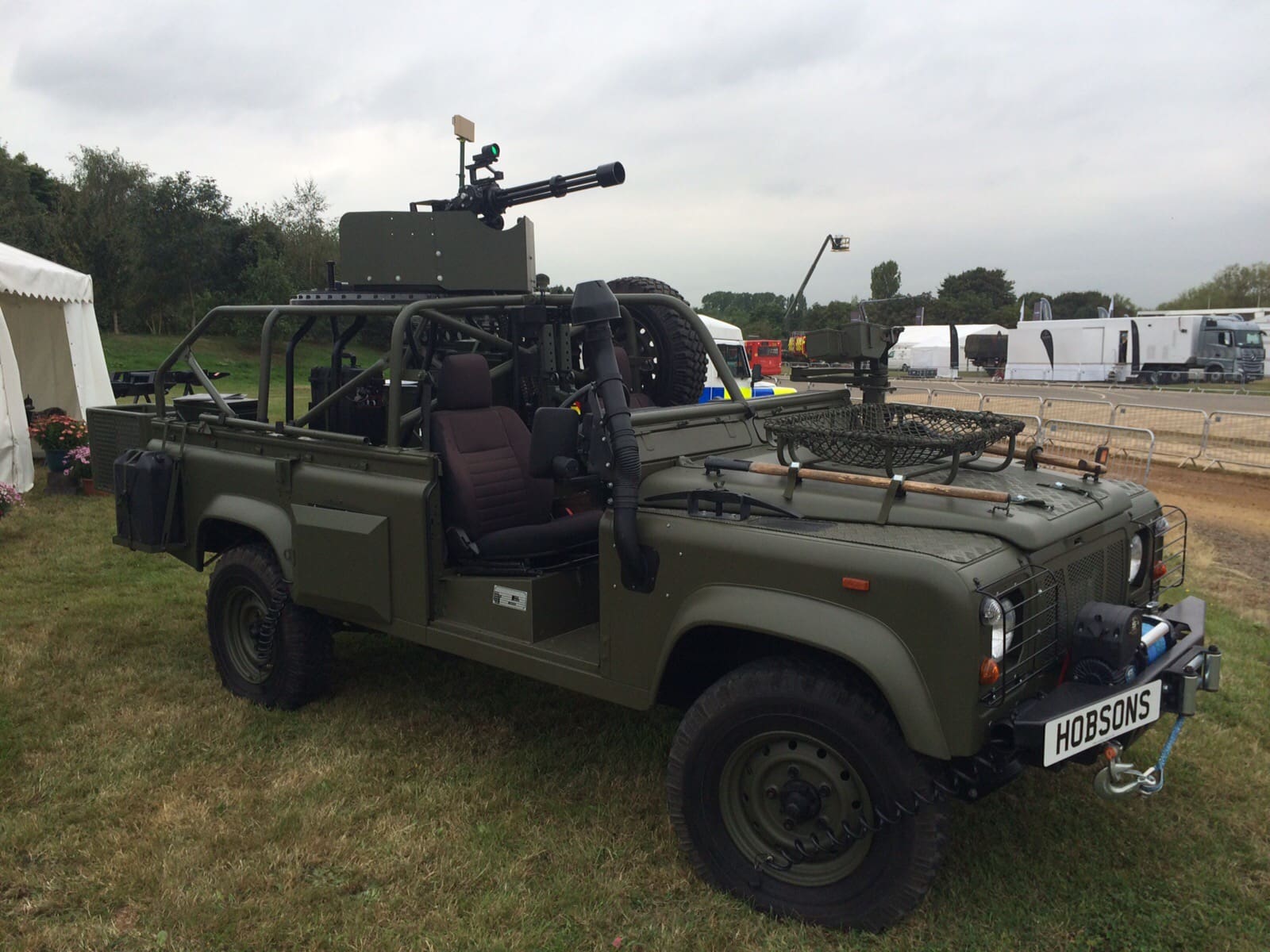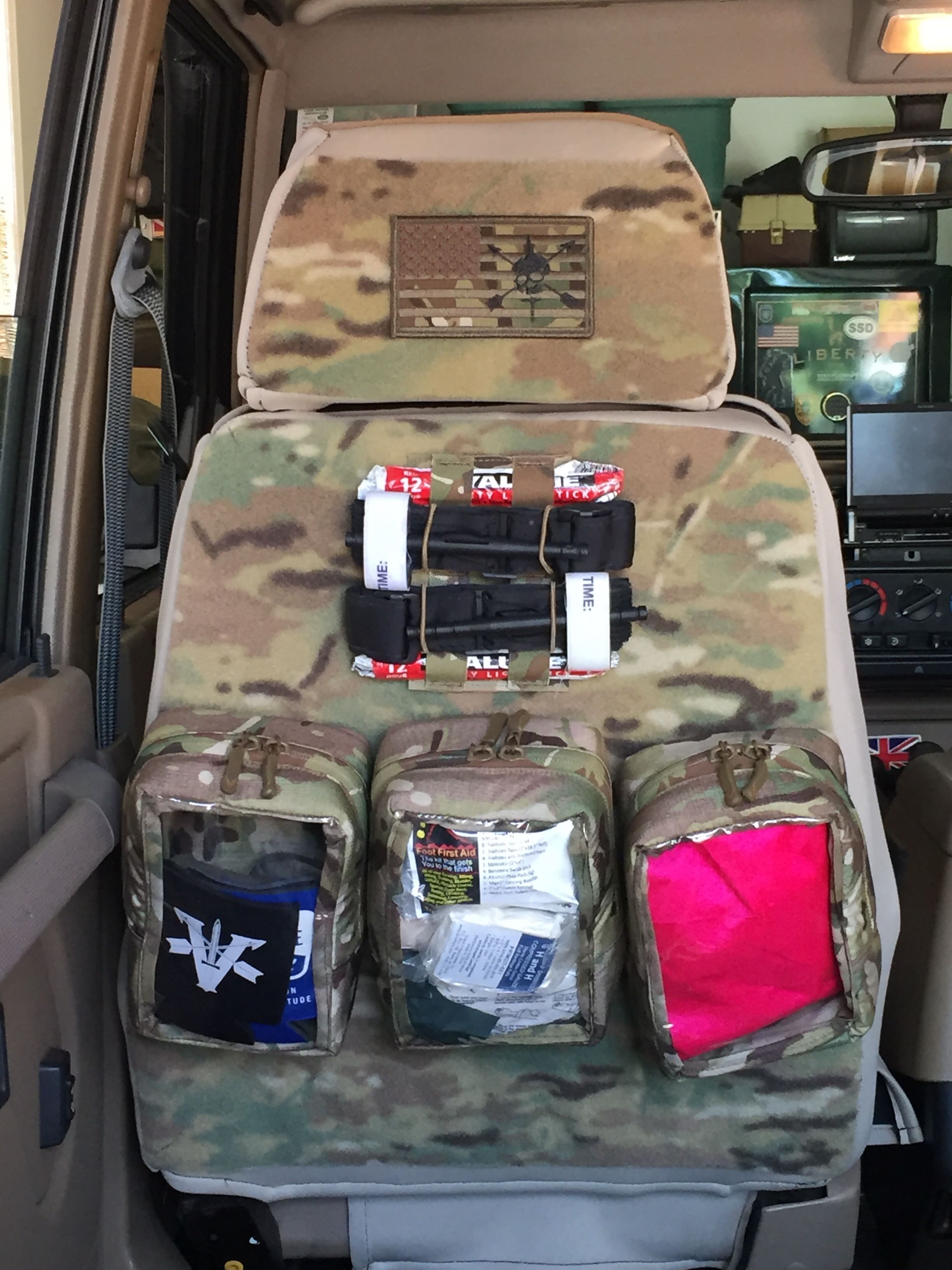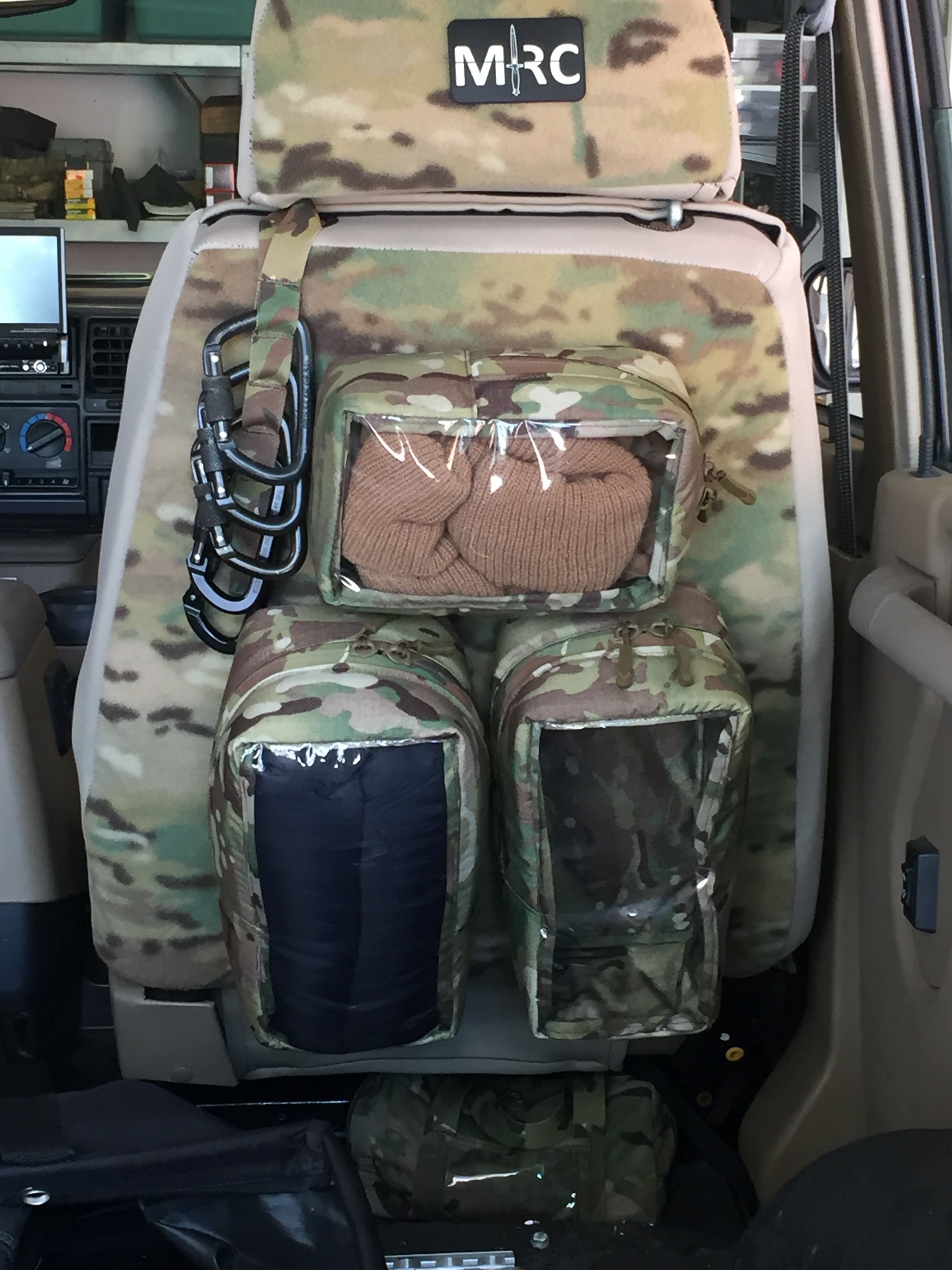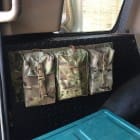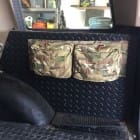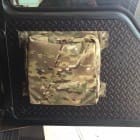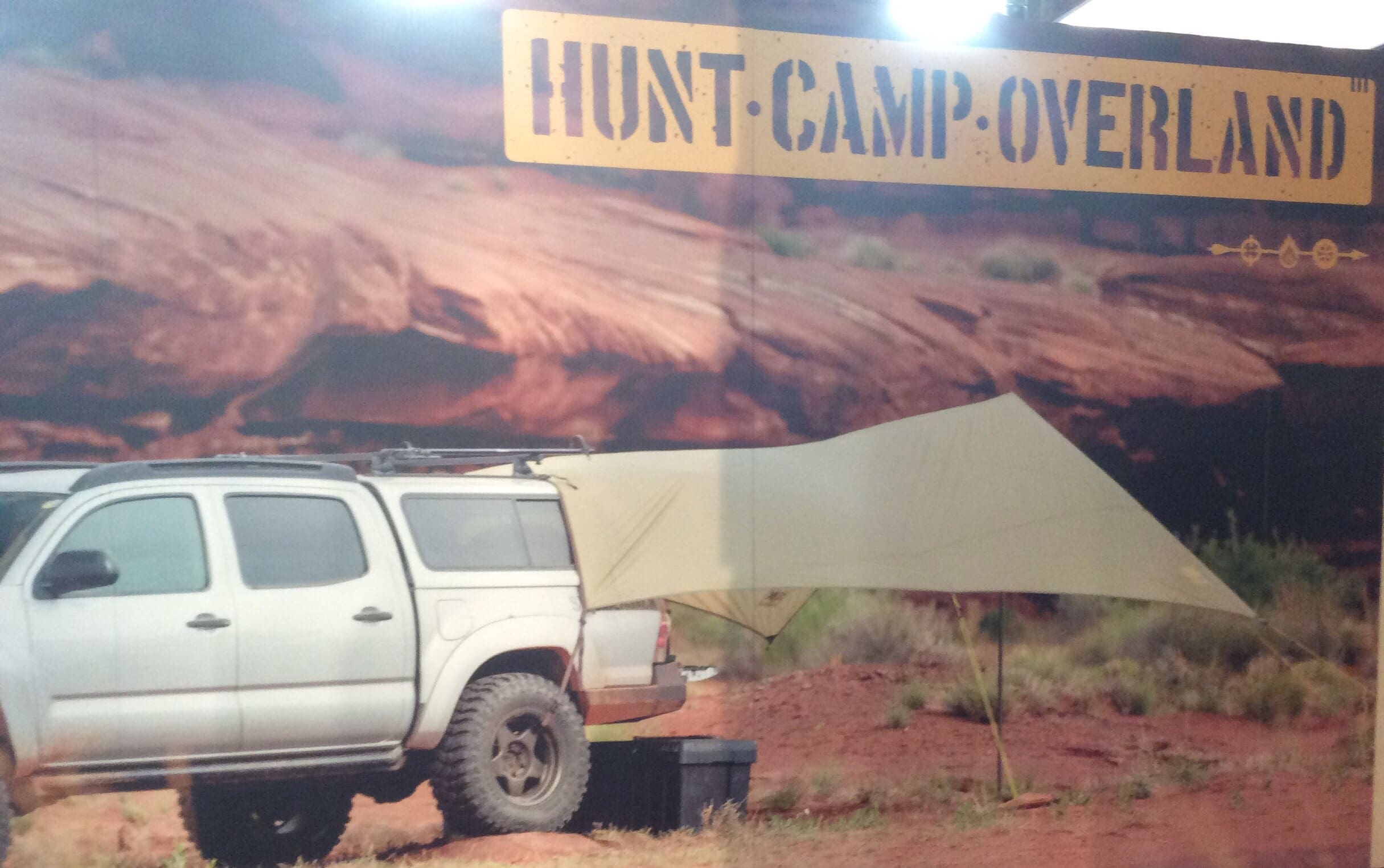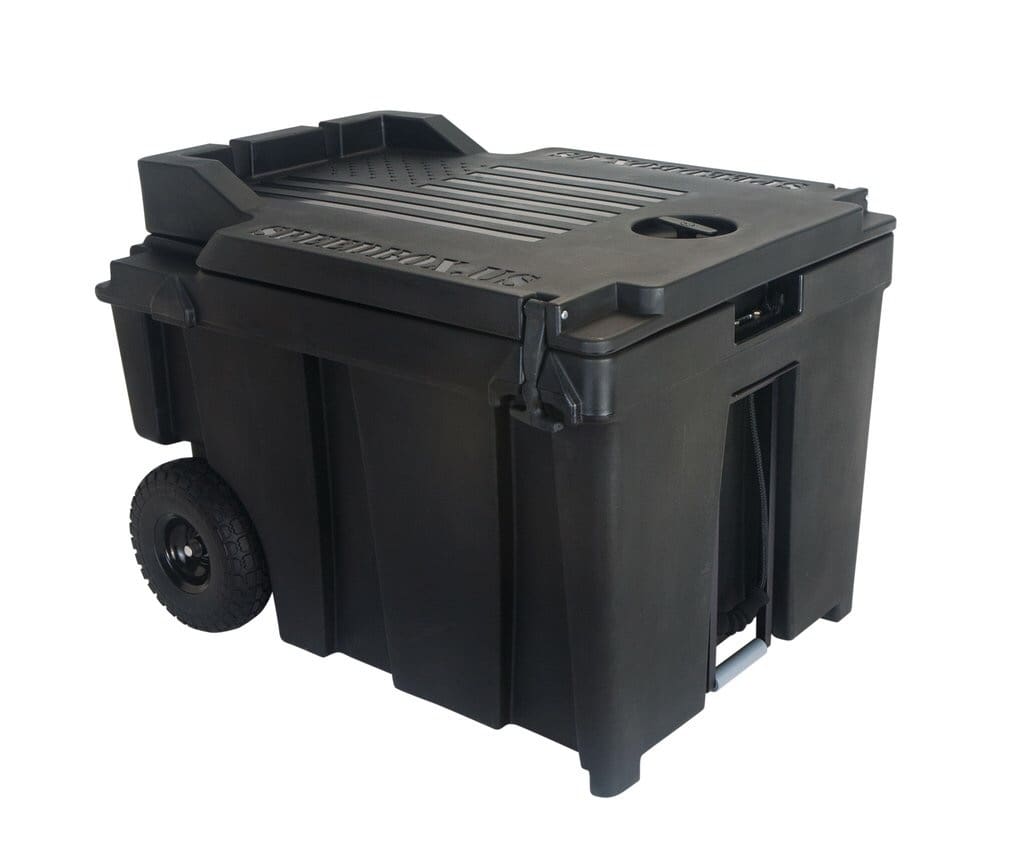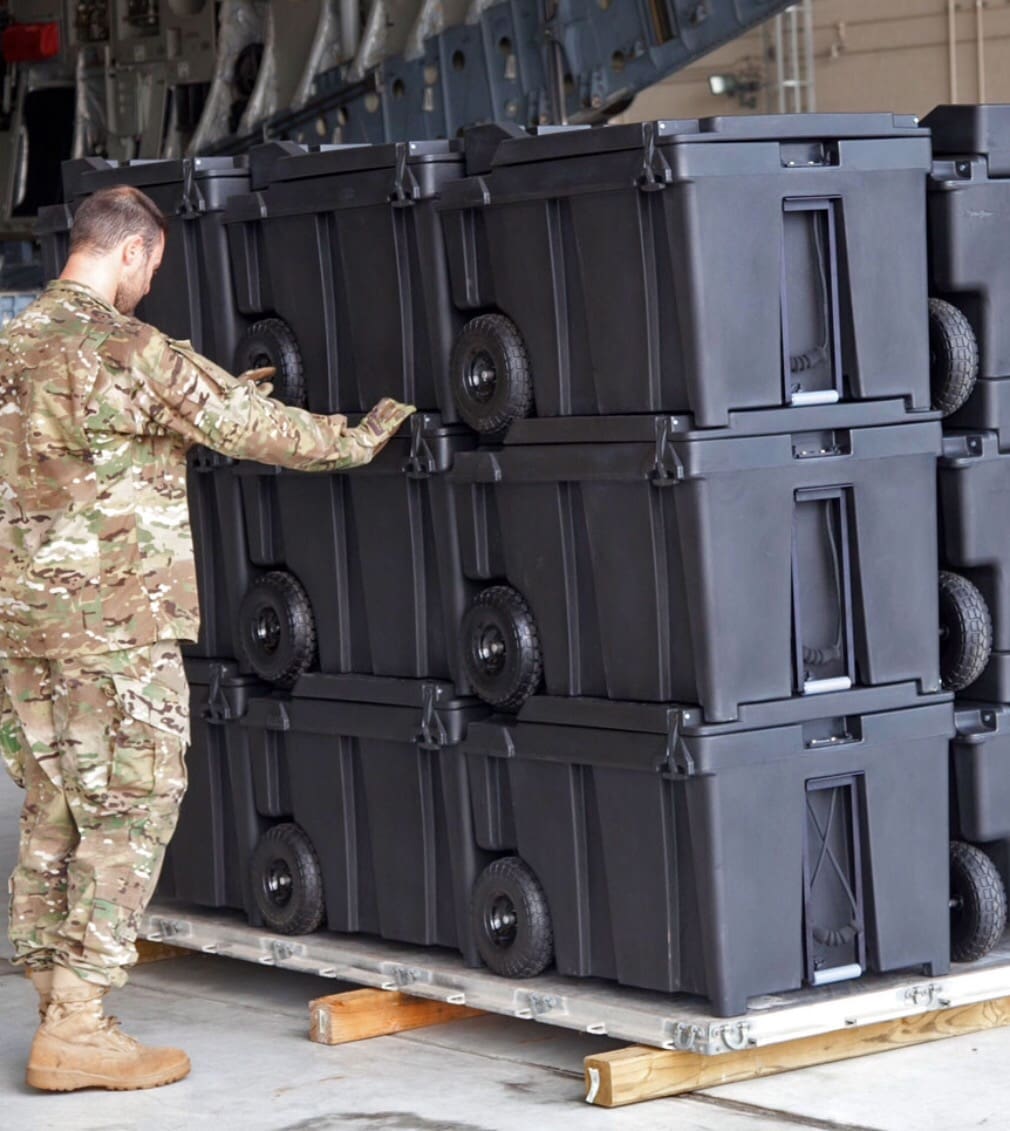Christini Technologies Inc. (CTI) announces the awarding of a contract from the U.S. Air Force for the delivery of 54 CHRISTINI All Wheel Drive 450E Military Edition motorcycles. The award was the result of an open bidding process. Christini had previously delivered All Wheel Drive motorcycles to the U.S. Navy, U.S. Border Patrol, UK military, UAE, Jordan, and other NATO forces.
Steve Christini, CEO of CTI commented: “After rigorous testing and evaluation of our All Wheel Drive motorcycles by many different military units, Christini Technologies has emerged as the manufacturer providing the technology and capabilities required by the US Special Forces. This significant Air Force order validates the safety and performance benefits our AWD motorcycle technology provides to riders of all skill levels. The USAF had other options in conventional rear wheel drive machines, however, our AWD motorcycle better fit their needs for a safer and more capable motorcycle under the toughest of conditions. We are pleased to be able to offer a technology that will help accomplish the USAF missions and look forward to continuing to grow our sales and presence as a preferred provider for the US military.”
Christini AWD is partnering with Tactical Mobility Training (TMT) of Fayetteville, NC for the off road motorcycle training as well as maintenance training for the USAF. Over the past ten years, Tactical Mobility Training (TMT) has trained SOF forces of the military for troops deploying to Afghanistan, Africa, and the Middle East using a wide range of mobility equipment. To properly train our military, TMT sought to identify a platform that could traverse the same paths as horses and personnel; motorcycles were an obvious choice. After significant testing, and more than 200 troops riding the Christini AWD machines, TMT partnered with CTI to field a military grade motorcycle that was safer and more capable. The result is a specialized training program that takes personnel through flat, sandy, urban, and mountainous terrain to prove that motorcycles are a game-changer on the battlefield.
Individuals interested in purchasing a CHRISTINI AWD Motorcycle should contact the company at 215-351-9895 or visit the CHRISTINI AWD website at www.christini.com.


